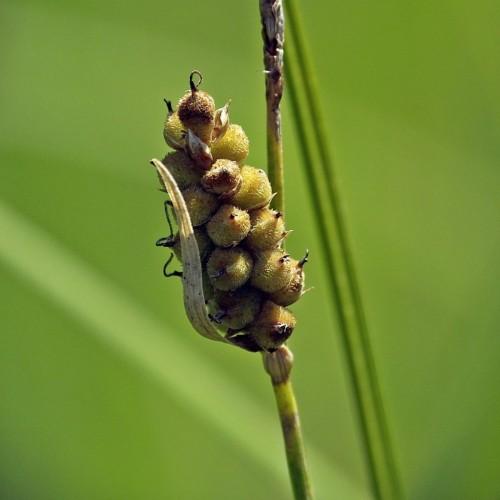
Arctic Marsh Sedge
Carex holostoma
Watering:
Minimal
Hardiness Zone:
Flowers:
Flowers
Sun:
Sun
Leaf:
Yes
Growth Rate:
Low
Drought Tolerant:
Yes
Salt Tolerant:
Yes
Care Level:
Medium
watering
Arctic Marsh Sedge should be watered every 7-10 days, depending on weather conditions. In hot and dry weather, it may be necessary to water the plant twice weekly. The soil should be kept moist but not soggy, so water each time until you see a few drops of water come out the drainage holes at the bottom of the pot. Allow the water to slowly and thoroughly soak the soil and make sure that it drains away completely, as standing water can cause root rot. If grown in the garden, make sure to water down to a depth of 10-15 cm. Avoid wetting the foliage as this can lead to disease.
sunlight
Arctic Marsh Sedge, or Carex holostoma, requires partial sun or partial shade in order to thrive. During summer, this plant species should receive 4 to 6 hours of direct, unfiltered sunlight each day. It is particularly important to provide direct sunlight during the morning when temperatures are cooler, as Arctic Marsh Sedge does not do well in hot, direct light during the middle of the day. Once the cooler autumn months arrive, it is important to reduce the amount of direct sunlight and switch to more of a filtered, indirect light for Arctic Marsh Sedge. For these cooler months, aim for about 2 to 4 hours of direct light each day, mostly in the morning. During the winter, Arctic Marsh Sedge should receive 1 to 2 hours of indirect light each day.
pruning
Arctic Marsh Sedge (Carex holostoma) is a deciduous ornamental grass that grows in moist areas. Pruning should be done in late spring or early summer, just as the new growth appears. The goal is to remove dead, damaged, or diseased stems and leave as much healthy green foliage as possible. Trim off spent flower heads and thin out the foliage to improve the overall appearance of the plant. It is important not to over-prune, as doing so can reduce flowering and cause the plant to become less robust. Pruning should be done carefully to prevent damage to the plant. If done properly, Arctic Marsh Sedge should require only light pruning annually.
